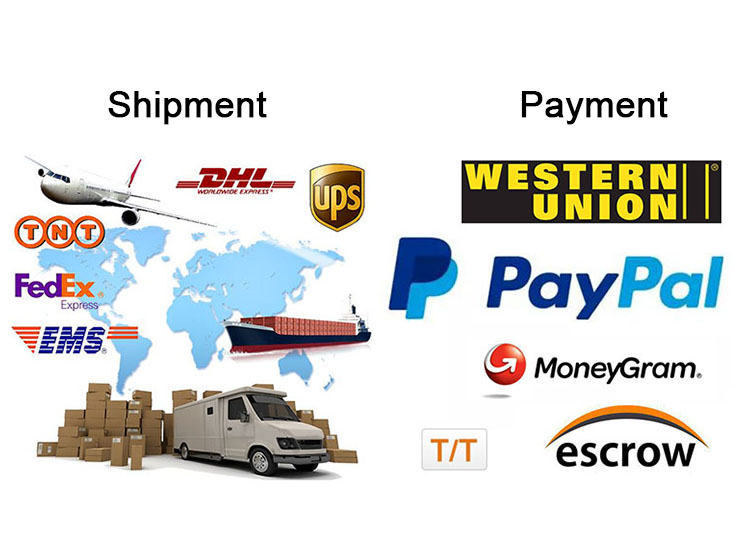AIRFRAME CONTROL & ROD END BEARINGS
Bearings listed herein are tabulated in two groups:
(1) full complement bearings, which have no separators
(retainers or cages); and, (2) bearings with separators
(retainers or cages). The full complement bearings and
concave roller bearings should be used in applications
where the motion is mainly oscillatory; whereas, the
bearings with ball separators may be used in
applications where the motion may be continuous
rotation or oscillatory under relatively light loads.
Airframe Control Full Complement (No Cage)
Bearings
KP, MKP, AMKP Series
KP-A, MKP-A, AMKP-A Series
KSP, MKSP, AMKSP Series
KSP-A, MKSP-A, AMKSP-A Series
KP-B, MKP-B, AMKP-B Series
KP-BS, MKP-BS, AMKP-BS Series
DPP Series
DPP-W Series
DSP, MDSP Series
DSRP, GDSRP Series
DW (except DWK, DWK2 and MDW-K), AMDWK
Series
GDW (except GDW4K and GDW4K2)
B500DD, MB500DD, AMB500DD Series
B500, MB500, AMB500 Series
B5500WZZ Series
P8 Pulley Series
K Series, D Series
Rod End Full Complement (No Cage) Bearings
REP Series
RAP Series
RA Series (NAS659)
RR Series (NAS660)
Airframe Control Bearings with Separators
AW-AK Series
DW4K and DW4K2 Series
GDW4K and GDW4K2 Series
KP-K Series
P Series (except P8)
BCP Bell Crank Series
HGS Series
STANDARDS OF QUALITY
All RBC bearings are manufactured to the same
high standards of quality and reliability. RBC strives to
engineer and utilize the latest available manufacturing
technologies for producing bearings which meet
and exceed all existing customer standards and
expectations. This is RBC’s assurance that its
bearings will be available to fill the most demanding
performance requirements in a variety of applications.
BEARING SELECTION, KEY CONSIDERATIONS
When selecting bearings, the primary focus should
be on application requirements. Once the application
requirements are clearly understood and specified,
selecting bearing type and design is relatively
straightforward. What are the main application
requirements for bearings? Loads (radial, axial,
moment, and magnitude), motion (oscillatory, rotating,
or intermittent), speed (fast or slow), bearing life
requirements (long or short), operating temperature
(hot or cold), and operating medium (clean or
contaminated air, water, vacuum, etc.) are among key
application requirements. Depending on combination
and severity of such factors, an RBC Aerospace
Bearings sales engineer can offer guidance in selecting
bearings for optimum service in the application.
As an aid in the preliminary stages of bearing
selection, but not as a substitute for the services of a
skilled bearing engineer, the following points are listed
for the guidance of designers and inspectors:
1. If the bearing is used for continuous rotation, or in
a delicate instrument application, do not consider
any of the control type series, such as KP, KP-A,
KP-B, KSP, DPP, DSP, HGS, etc., but refer to
standard radial bearings or other more specialized
types listed in other RBC catalogs.
2. All control surface hinge bearings should be of the
sealed type. The sealed type is recommended on
installations exposed to salt water spray, aircraft
cleaning solutions, and where subjected to severe
dust or dirt. Bearings having no shields or seals
should be completely enclosed by the housing in
which they are mounted to provide protection
against external contaminants from entering the
bearing and prevent lubricant inside from
migrating or escape out of the bearing.






